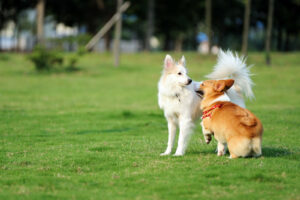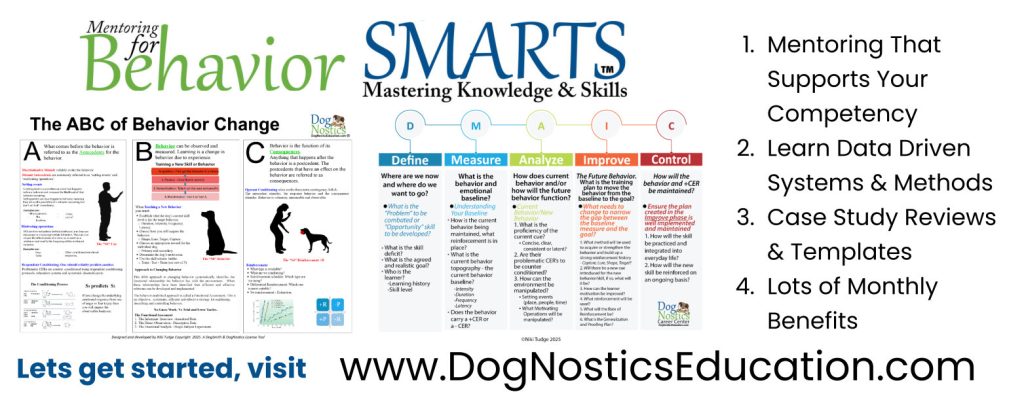Barks Blog
No Recall? Is It Really Your Dog’s Fault?

Of all the doggy and doggy parent issues, not coming back when called has got to be nearing the top of the list. There could be lots of variations of this, a casual sauntering back when your dog feels like it, taking in a few sniffs along the way. Maybe your dog might be one of those explosive types, let off the leash and, crikey, she’s off like a bullet and, before you know it, is a speck in the distance. Meanwhile, you begin that Olympic sprint before collapsing in a heap somewhere several miles later! Others, well, they’re just far too sociable. That’s nice of course but not always when you actually need to get your dog back. Doggy play group ensues and it’s always the time when you’re late for work, need to be somewhere or your dog has chosen a person to zoom off to who really doesn’t appreciate her advances. Of course then, there’s the supposedly ‘hard of hearing dog,’ and I’ve lost count of the times owners have actually asked me if I actually think their dog is deaf! No, is usually the answer. But this delightful canine may just prick up her ears when she hears that recall cue and then march off in the opposite direction!
In all of these scenarios, what are we to do? It’s natural to feel frustrated, irritated, and even angry when your dog doesn’t return. Of course, if your dog bolts far, you have no idea where she has gone and that is deeply concerning. Many owners also feel as if they are helpless and have failed in their attempts to train their dog. Confidence is very quickly lost and this can result in dogs being kept permanently on lead, which may be frustrating for the dog.
The most profitable way forward is to analyse the problem objectively. Don’t blame yourself, but understand that there is something that needs sorting. Seek help from a qualified professional and do it quickly. Let’s now look at why recall doesn’t always go to plan.
Understand why
Analyse and identify why your dog isn’t returning. There are many reasons why your dog might not come back on cue, not just an ‘umbrella reason’. Your dog may be super sociable and love the company of other dogs and people. Maybe your dog is a high energy breed and loves free running. Bear in mind that many such breeds adopt a circle run prior to coming back to you. Maybe your dog is just very sniffy (gundog breeds, hounds etc.). Perhaps your dog is entire and has caught the scent of a female in heat. Has your dog been cooped up indoors for a long time? Is the area especially exciting for your dog (large expanse, wood etc.)?
Do you use a cue?
When I look at how owners interact with their dogs, many don’t actually have a cue that asks their dog to return to them. In these cases, many people are just relying on using their dog’s name. The problem here is that the dog’s name is used multiple times per day, but there is no specific request which differentiates from that when the owner needs the dog to return! If you need the dog to come back to you, you have to ask. Choose a clear cue word.
Is your cue clear?
Once you have your cue, don’t cloud it. When using the cue, stick to the same word every time. Don’t change it or vary it, make it clear and simple – no confusion. So, if you have ‘Fido Come’, stick to that, rather than ‘Come Fido, Fido Come here, Here Fido Come’ etc. Problems occur when different people use different cues or vary them. How is your dog going to know what to do?
Engage with your dog
Dogs are great visual readers. Watch how your dog’s body language changes when you make eye contact with her, smile at her, make funny faces etc. Now build this into recall. If you stand upright, your dog (especially tiny ones) makes eye contact with your legs – this is not what we want. Crouch, and you will be at eye level – which is what we want. Now your dog has a much better chance of engaging with you, not other people or dogs and distractions. You want to maximise the chances of your dog returning to you. Remember to look and sound happy! Use your cue word and sound like you actually really want your dog back, even though you might feel exasperated. Smile, do silly things, be floppy, wave your arms, who cares… Make yourself look like someone your dog wants to return to.
Show her what you’ve got!
Choose a reward your dog likes. Make it high value and use it. Kibble, biscuits and the like probably won’t cut it. If you’re looking at food, go for something like sausage, ham, cheese etc. – something that is high value for the dog and that she may not get at other times. Of course, not all dogs are food motivated – specific games, scent work or praise may be highly motivating instead. With recall issues, you have to actually be prepared to pay your dog. Would you work without pay? Probably not! Show your dog what she is returning for, e.g. with the treat outstretched, crouching low, and pay her immediately for returning. A qualified trainer will show you lots of fun recall games to build in here. I certainly work on lots of engagement games which gradually build in distractions.
Be prepared to step back
Never be worried about stepping backwards before moving forwards and starting some long line work. This may be necessary for a little while, especially if you have a bolter. It doesn’t at all mean that you are regressing. Quite the opposite, as it limits your dog’s ability to rehearse behavior and allows progression faster.
Too much distraction?
This is a huge factor with recall issues. Often, owners simply have too many competing distractions. To gain success, you must gain incremental success with recall exercises and focal techniques at graded levels of distraction before stepping to the next tier. If your dog struggles, your tier is too high, so step back. Every step of the process must be guided by your dog. I find most of the time that owners persist with training at the very top tier of distraction and their dog consequently consistently fails.
Practicing recall on walks and in the yard, or even in the house. Making it fun is extremely important, as is addressing concerns early on to ensure your dog stays safe at all times, including times when he is off leash.


